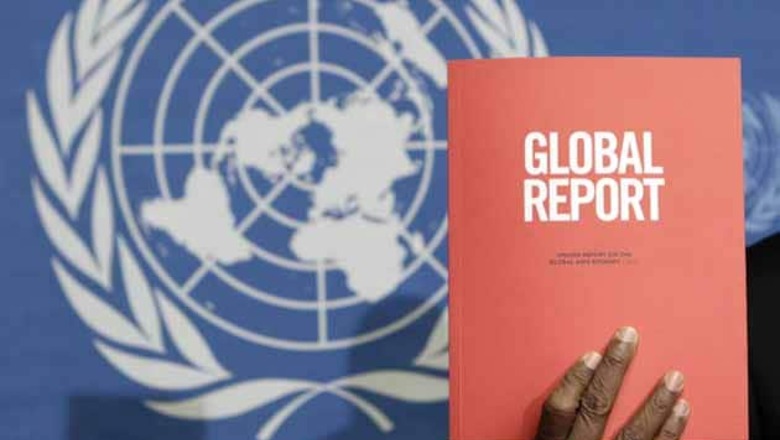
views
New Delhi: The AIDS epidemic is for the first time showing a reverse trend which has been attributed to high investment in HIV prevention programmes by India and other most affected countries over a decade.
"Investments in HIV prevention programmes are producing significant results in many of the highest burden countries. India is one of them. The incidence rate of new HIV infection fell by more than 25 per cent between 2001 and 2009 here," Charles Gilks, UNAIDS country coordinator, said while releasing the 2010 UNAIDS report on the global AIDS epidemic today.
Around 2.4 million estimated people are living with HIV last year in India as against 2.5 million in 2001 with the exposure rate down by 50 per cent.Overall there has been a nearly 20 per cent decrease in new HIV infections over the past decade globally.
Gilks also said that condom use and availability have increased significantly. Eleven countries including India report more than 75 per cent condom use in the higher risk groups.
An estimated 1.8 million people died from AIDS related illnesses globally by 2009 end as against 2.1 million in 2004.
People with HIV/AIDS are now living longer due to the greater availability of anti-retroviral drugs.The total number of people on treatment has increased by seven and half times over the last five years with 5.2 million people having access to life saving drugs in 2009 compared to seven lakh in 2004.
In Asia, an estimated three lakh people died from AIDS related causes in 2009 compared to 2.5 lakh in 2001. AIDS related deaths among children declined from 18,000 in 2004 to 15,000 in 2009 - a decrease of 15 per cent.
"The decline reflects the increased availability of anti - retroviral therapy, as well as care and support,to people living with HIV, particularly in middle and low-income countries," Gilks said.
By 2009 end, an estimated 33.3 million were living with HIV across the world while 2.6 million people became newly infected.But the report said there had been rises in infections in parts of Eastern Europe and Central Asia.



















Comments
0 comment